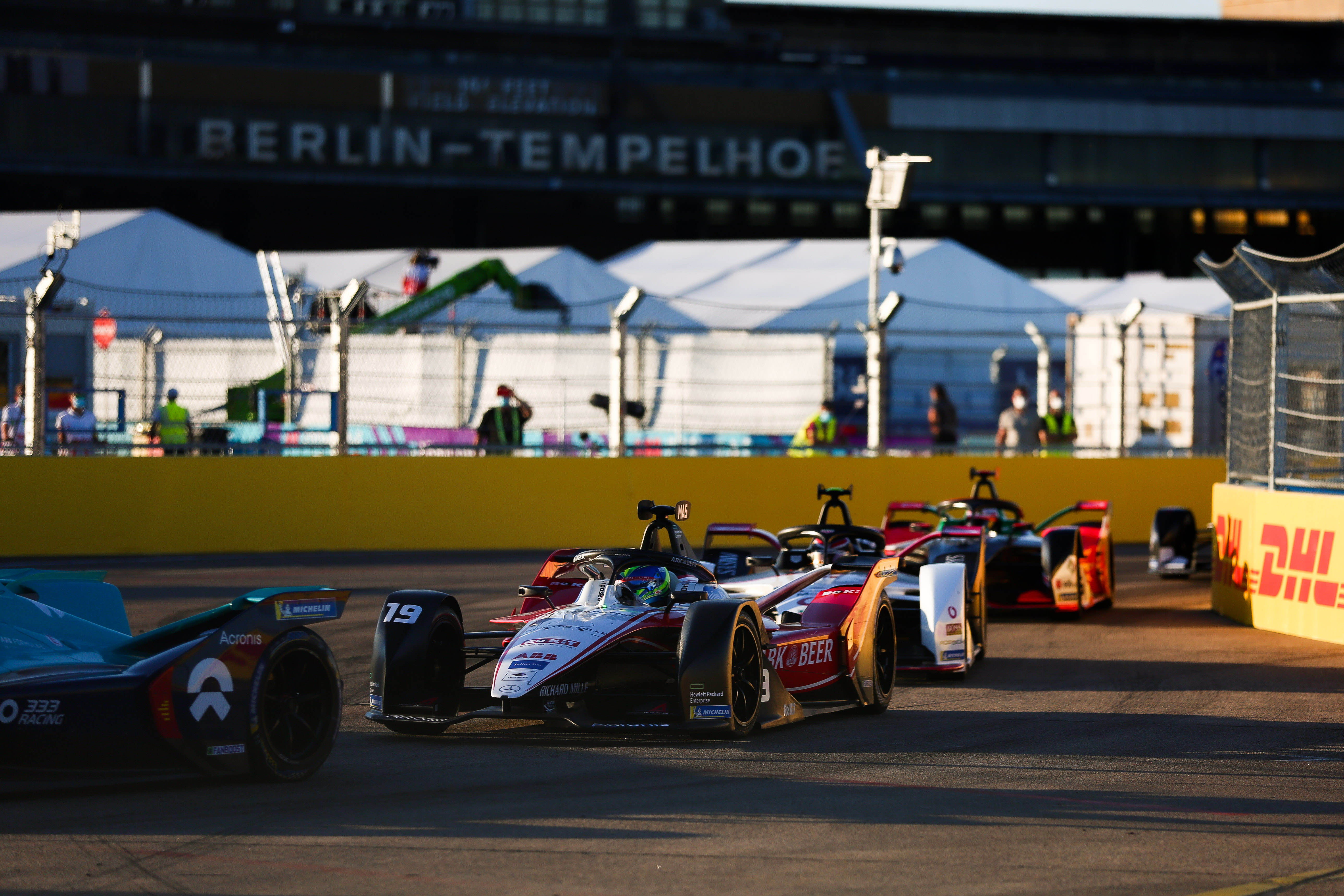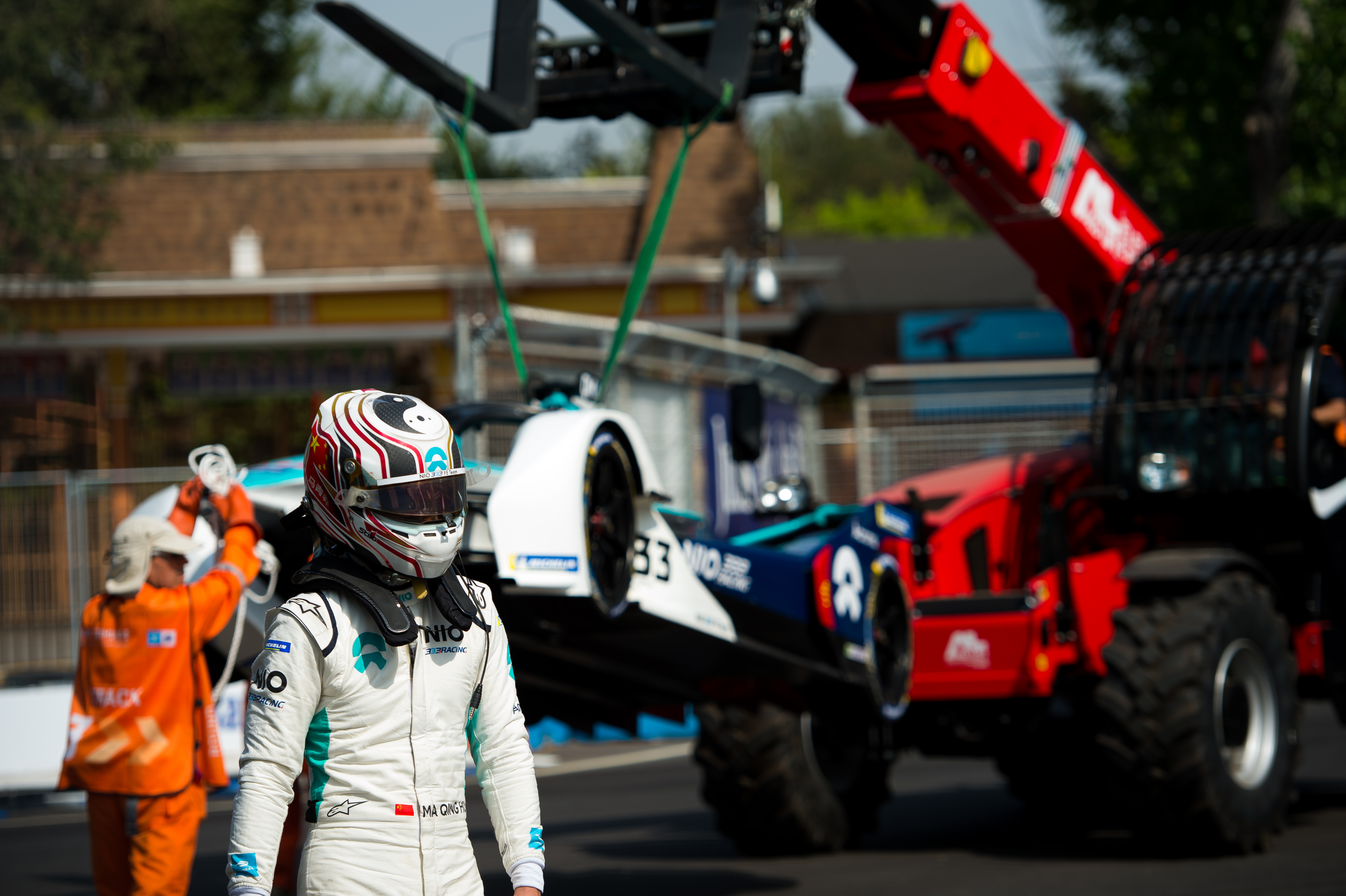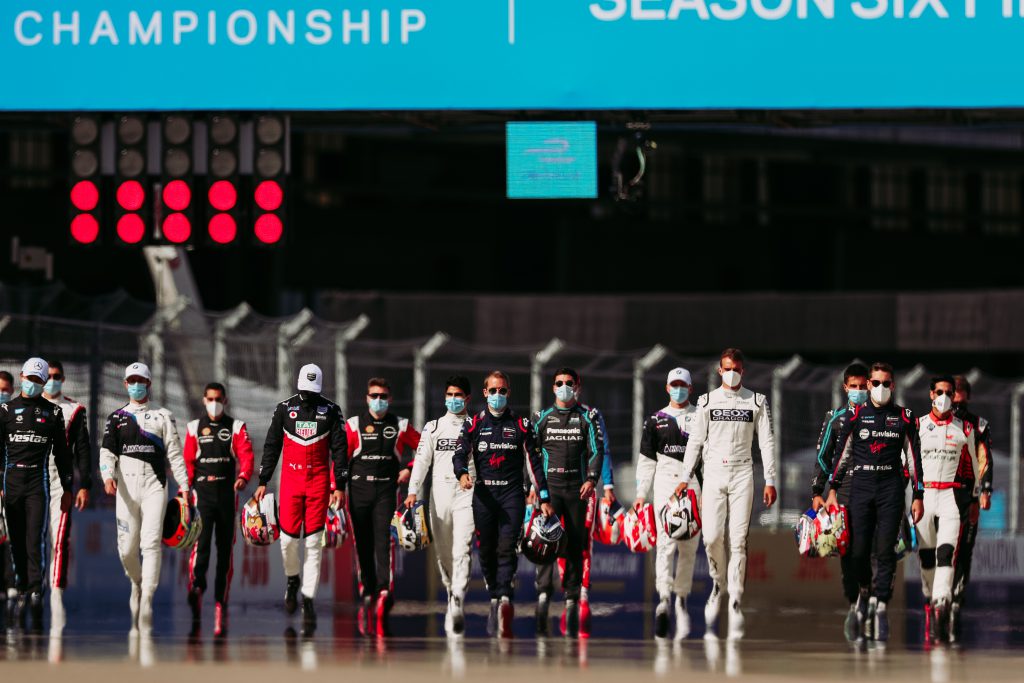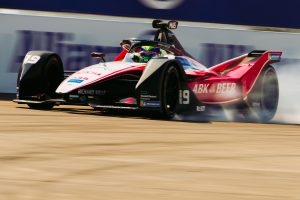Motorsport is well-versed in mysteries rooted to technical, business and political spheres, yet one key area of Formula E has always consistently confused.
The so-called ‘FIA e-licence’ is something that has always been hard to pin down.
Of those who should know about its foibles, not everyone is able to articulate precisely what it is really is and why it is so necessary.
In fact, quite a few drivers in the championship are completely nonplussed by its very existence!
The e-licence came into being to try to combat overt rent-a-drivers who turned up with bags of cash
And no wonder. To even get close to understanding the system you have to delve deep within the dusty corridors of Appendix L of the International Sporting Code before scrolling ad infinitum down to Article 6. It is this area, which was recently expanded and modified, which starts to unravel the secret scrolls.
Part of this opaque scene-setter is actually quite easy to answer – why it exists.
The e-licence came into being for the second Formula E season in 2015/16. This was to try to combat overt rent-a-drivers who turned up with bags of cash to get on the new exciting electric bandwagon.
They turned up frequently in 2014/15 and at Battersea Park became something of a nuisance.
Thereafter the former FIA safety director Laurent Mekies, now at Ferrari in F1, wrote the framework of the criteria, which has largely retained its structure ever since, and has mostly infuriated sporting and team managers for its hoop-jumping recalcitrance.
Its raison d’etre was mostly naturally eradicated by the time season three kicked in for 2016/17 (pictured below), as Formula E’s standing and consequently its calibre of driver grew with the professionalism of the teams and the ever-increasing roster of manufacturers.

Still, the secrecy remained. Details of its criteria and precisely how drivers qualified for the licence were not publicly known. Really, no one still seems to know much apart from that it puts teams €2500 out of pocket for each driver.
“It reminds me of arriving for the first time at a well-known racetrack and I was confronted by an official at the garage area entrance,” one leading Formula E figure told me recently.
“’You can’t come in here without a pass,’ he said.
“’Where do I collect my pass?’ I replied.
“’In here!’”
This amusing real-life analogy perfectly encapsulates the e-licence’s ‘enigma wrapped in a riddle’ reputation.

Seemingly you can’t get a licence without experience but you can’t get experience without a licence. This is because the criteria for getting the magic e-licence is determined on three key points.
The first is that a driver has to have made at least three starts in Formula E in the “previous year” or at least 10 starts “within the previous three years”.
Secondly, the driver has to have “accumulated at least 20 points”, in certain championships. Despite a popular misconception, this is not FIA-exclusive. The DTM, Super GT and Super Formula are represented and it stretches down to continental karting championships.
At present, BMW’s new signing Jake Dennis will have to be granted his licence to race at what is essentially the discretion of the FIA
The FIA will consider the number of points accumulated in “either (a) the three-calendar year period immediately preceding the date of the application”; or “(b) the two-calendar year period immediately preceding the date of the application in addition to points accumulated in championships completed in the year of the application, whichever is higher”.
Following? At least point three starts by being easier to follow by the written word.
The driver applying has previously had to have held a superlicence. But just when you think this part is straight forward, it is caveated with “in this case, the driver must be judged at the sole determination of the FIA to have recently and consistently demonstrated outstanding ability in one or more of the championships listed in Supplement 1”.
As you mentally start to grapple with that, there is an extra sprinkling of vagueness.
A driver will also “be judged by at the sole determination of the FIA to have consistently demonstrated outstanding ability in single-seater formula cars, but with no opportunity to qualify under any of a) to c)”.
Why is all this important? At present, Jake Dennis who does not fit the first two criteria, will have to be granted his licence to race for BMW i Andretti Motorsport at what is essentially the discretion of the FIA because he has not raced in an FIA championship for over three years.

The Race understands that this matter is in hand and Dennis will be granted an e-licence without issue ahead of the season opener at the Santiago E-Prix in January.
Those in the know are very comfortable in the knowledge that Dennis is more than capable of being a very good, safe and competitive Formula E driver. There is little doubt in that, but the bigger questions are why is this system so specific in one part and then so archaic and dependent on FIA judgement on another?
That’s a question that lots of teams have asked. But what of the drivers, what is the deal for them with the e-licence, and where do they stand on it?
There are several provisions for them to undertake. They must take part in a 90-minute e-safety training course, yet oddly the Valencia slot for this, later this month, is two days into track running. No, I don’t follow the logic there either!
Additionally drivers also have to complete “a question session on the most important points of the International Sporting Code and of the FIA Formula E Championship Sporting Regulations”.
Should all this be completed, then the driver will be able to race but is under a strict probation period for a whole year from the first Formula E race, “during which the e-Licence will be held provisionally and subject to review at any time”.

The method behind the secret world of the e-licence was relevant in 2015 but not anymore. The closest that Formula E has had to a pay driver in the last few seasons was Ma Qing Hua. Every driver on the Formula E is being paid, and most are being paid well.
So why is such a complex and bulbous procedure still needed? The answer to that really is still a mystery, which is entirely fitting for such a curious case as that of the e-licence.






